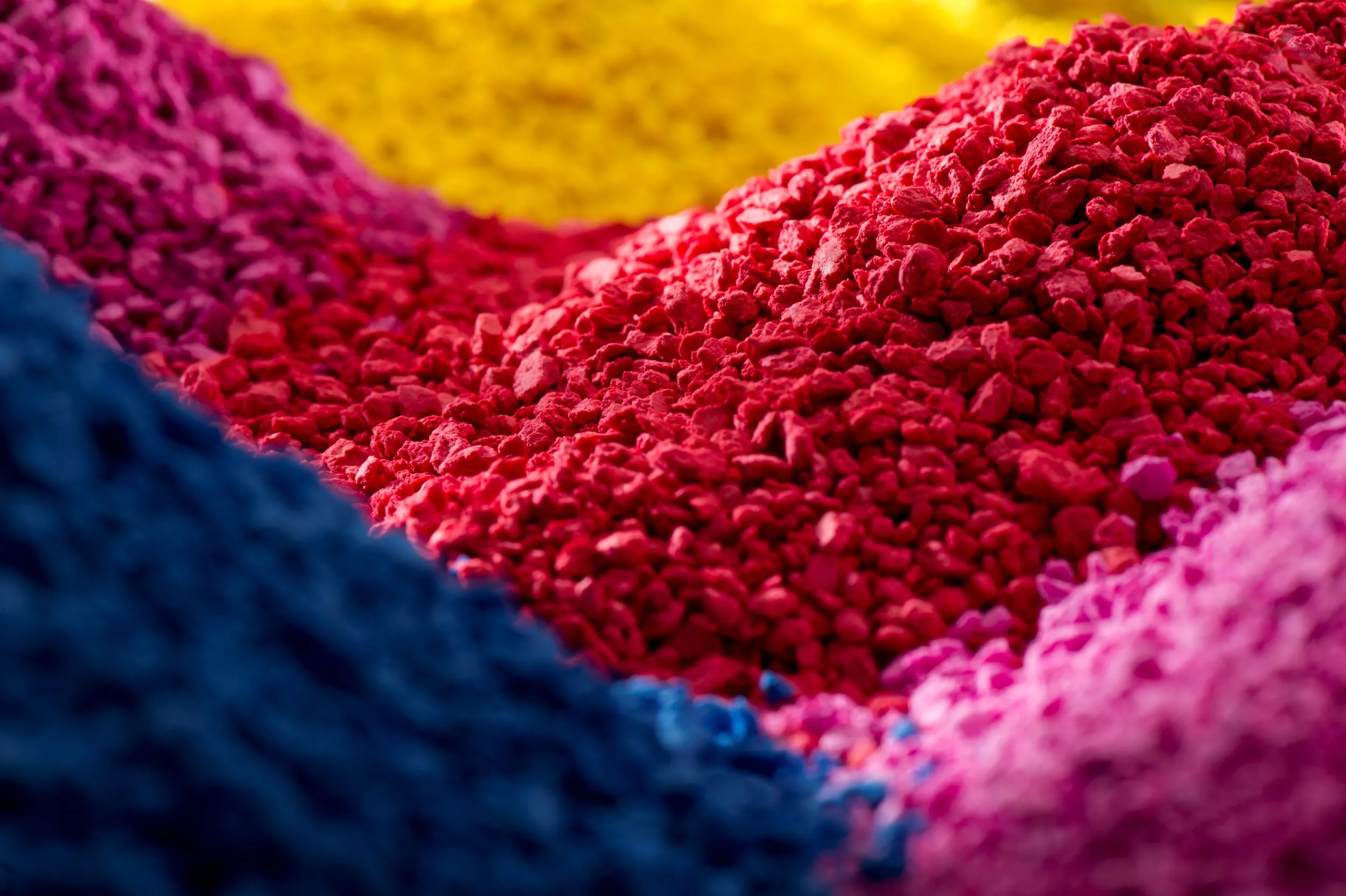Resins are the basis for all manner of products, from plastics to paints and adhesives to food glazing agents and even perfume. While some resins come from plants, many others are synthetic materials made from petroleum and other resources. There are many different synthetic resins, such as epoxy, polyester, acrylic, polyurethane, polyethylene, and silicone, all with their own unique qualities and advantages. They also have downsides, however, such as being made from non-renewable materials. In the current global climate with countries around the world looking for ways to reduce their environmental impact, this can put synthetic resins at a bit of a disadvantage.
Despite this, plant-based and synthetic resins remain essential to countless industries and to consumers’ daily lives. While some companies look for replacements for plastics, others are developing new ways to recycle existing plastic products as well as creating new materials from which to make plastics. Yet others are developing materials with new functionalities and safer compositions. The continued demand for plastic products and the incentives to come up with solutions to current problems are helping drive the global market for resins of all kinds.
Resin Industry Overview
The global resin industry was valued at almost $530 billion in 2021 and is expected to see significant growth over the next several years, surpassing $750 billion by 2029. Demand for plastic packaging is growing, particularly from the food industry, which is helping to drive growth in the resin industry. The automotive industry is also a key consumer of plastic, as it incorporates an increasing amount of the material into its vehicles.
Although an increasing number of companies are beginning to work with recycled plastics, virgin resin (made from natural resources such as petrochemicals, crude oil, or natural gas) remains in high demand. In 2021 the virgin resin industry was valued at over $375 billion, and it’s expected to reach nearly $528 billion by 2031. Because of its mechanical and chemical properties and the fact that it has a low degradation rate, virgin resin is a popular material for plastic production and is used across numerous industries. Examples of virgin resins used in plastics and paints include ABS, alkyd, acrylic binder, and more.
Meanwhile, the market for bio-based resin is currently valued at only $5 billion, but is expected to more than double by 2030 as demand for sustainable materials rises globally.
Resin Industry Innovations
Businesses and researchers are continually developing new products to meet industry needs. Whether it’s sustainability, safety, efficiency, or new functionalities, the resin industry is busy with innovation.
Creating Resin from Captured Carbon
Another company developing more sustainable resins is Plastipak. Using LanzaTech’s carbon capture technology, the plastic and recycling company has developed a PET resin made from captured carbon emissions. Bacteria are used to consume waste feedstocks and convert them into new chemicals that can be used to make a variety of products such as pharmaceutical- and food-grade packaging, fuel, clothing, and more. This process allows for the creation of resins that retain the qualities of virgin fossil PET while reducing greenhouse gasses and the product’s carbon footprint.
Recycled Resins
Chemicals producer SABIC recently announced new resins formulated from at least 25% post-consumer recycled (PCR) content. The company’s new PCR-based technology can be incorporated into numerous resin grades depending on application requirements. This portfolio of resins will enable companies to adopt more sustainable materials, reducing carbon footprints while maintaining product performance.
This new portfolio is particularly beneficial to the healthcare industry, which relies heavily on plastics for PPE and for hospital equipment and other items. Resins that reduce reliance on petroleum products and cut down on emissions can enable healthcare organizations to become more sustainable without compromising on safety.
New Seaweed Solutions
Seaweed materials company Loliware has developed sustainable seaweed resins designed to look and feel like traditional plastic while being naturally compostable. These resins are compatible with existing plastic manufacturing equipment and use ocean-farmed, carbon capturing seaweed.
With this new resin, Loliware is also developing a utensil set made through traditional injection-molding processes. These compostable utensils have the potential to fill a gap in the market as countries begin to restrict or ban single-use utensils and other plastic products.
A Safer Epoxy Resin
Standard epoxy resin monomers — used in construction applications as well as in the production of plastics — can cause severe contact allergies in the workers handling them. These reactions can be so severe that even protective clothing is sometimes not enough to protect people from them.
Because of this, researchers at the University of Gothenburg have developed a new type of epoxy resin monomer that not only is less allergic, it’s also based on renewable material. While current monomers contain Bisphenol A (BPA), an endocrine disruptor derived from petroleum, this new monomer is derived from sugar and is not based on BPA.
To produce this new type of monomer, researchers used isosorbide, a substance produced from glucose. This glucose can be derived from sugar beets, a renewable resource, giving it an advantage over resins made from fossil oil.
The next stage of the research project is to test whether the monomer has the necessary properties to be used as a substitute for current epoxy resin monomers in industrial applications.



